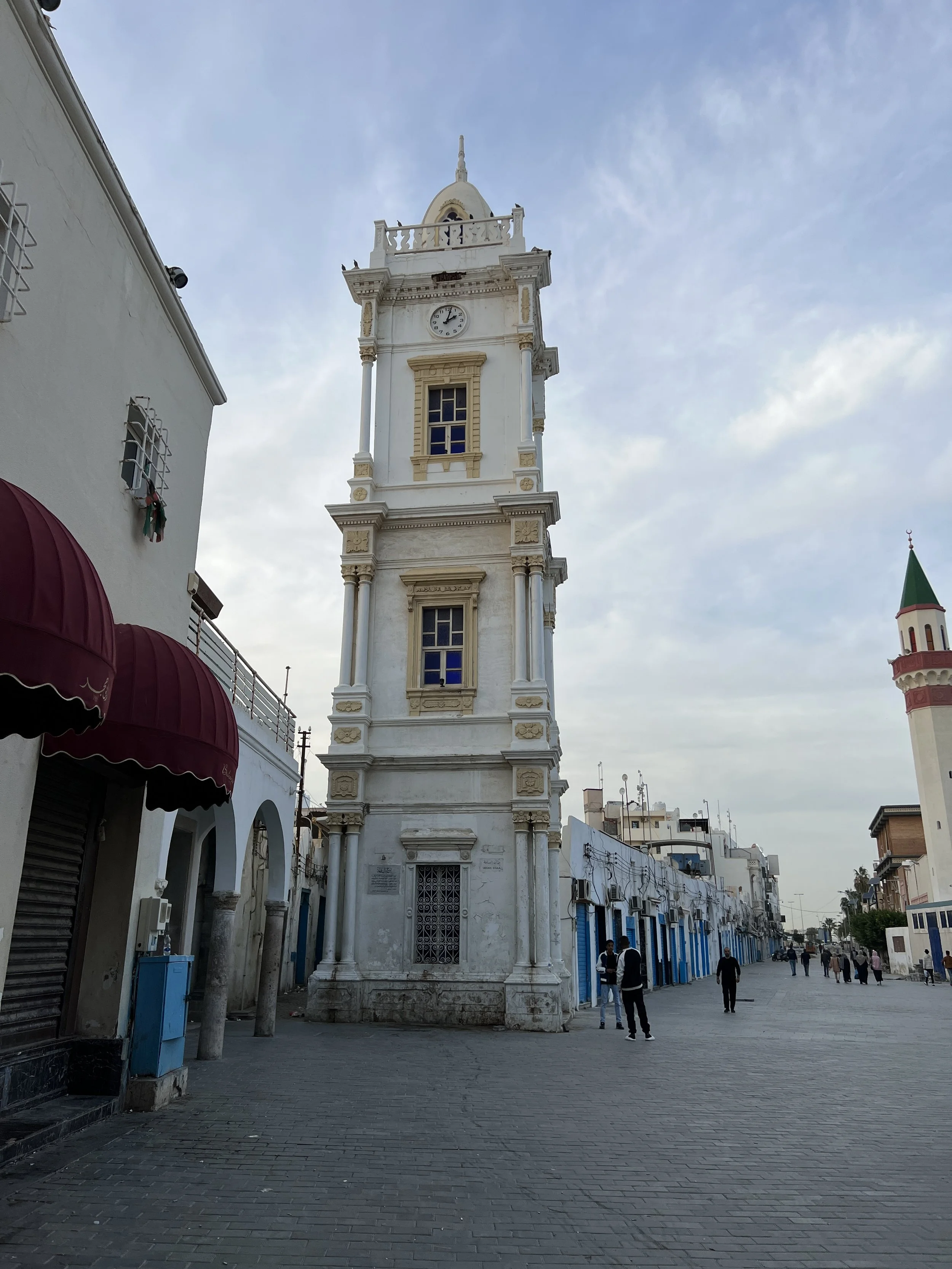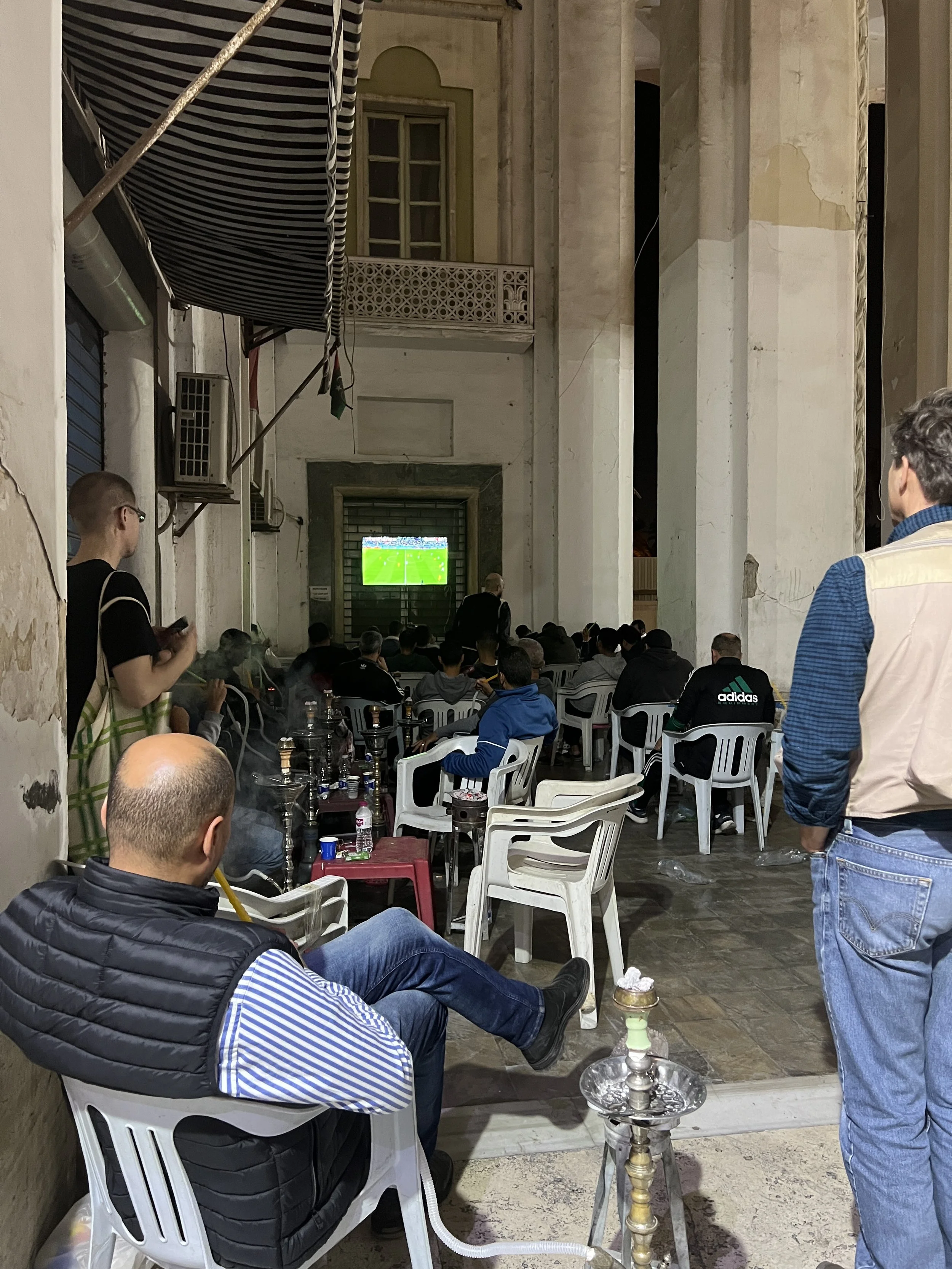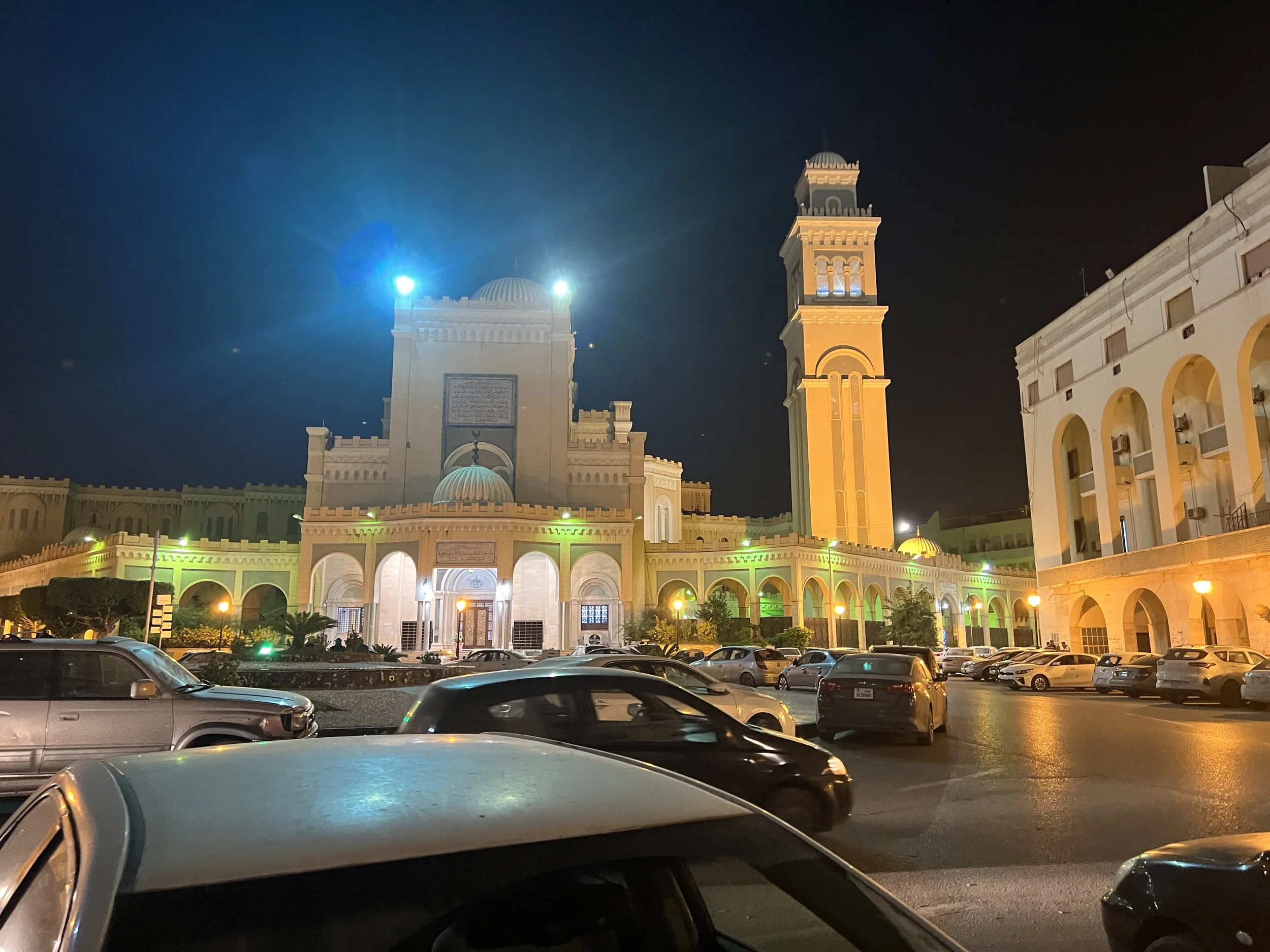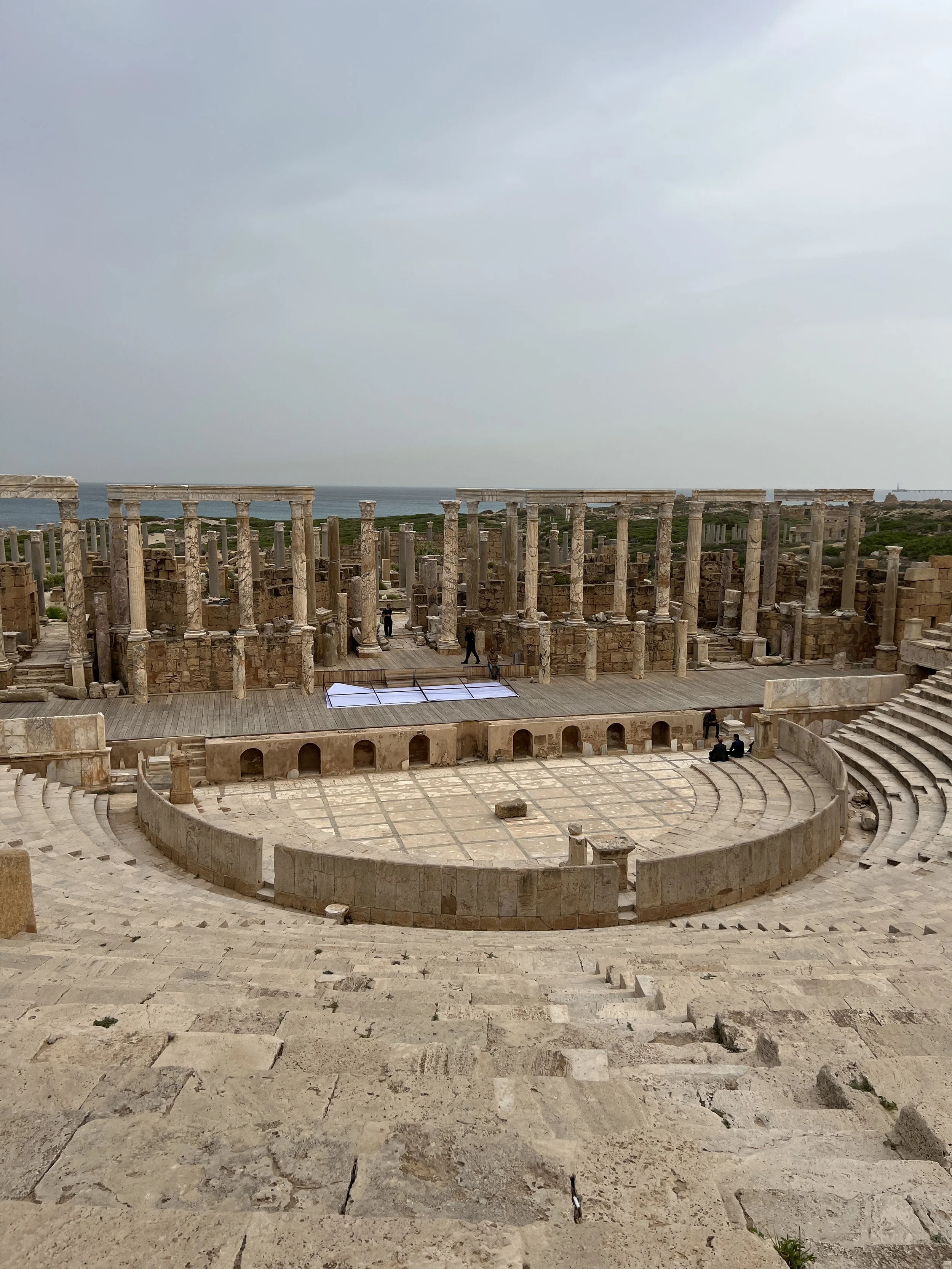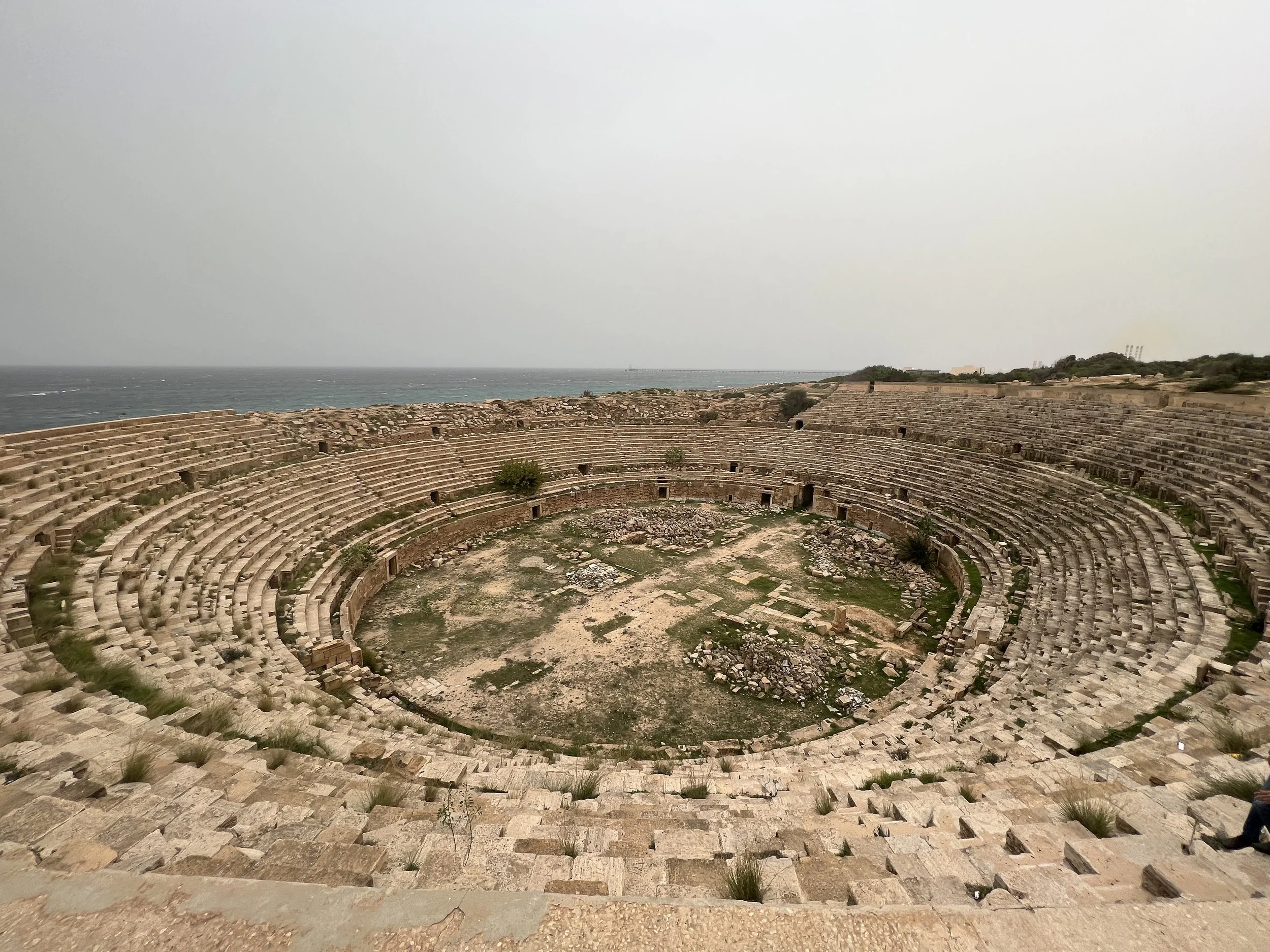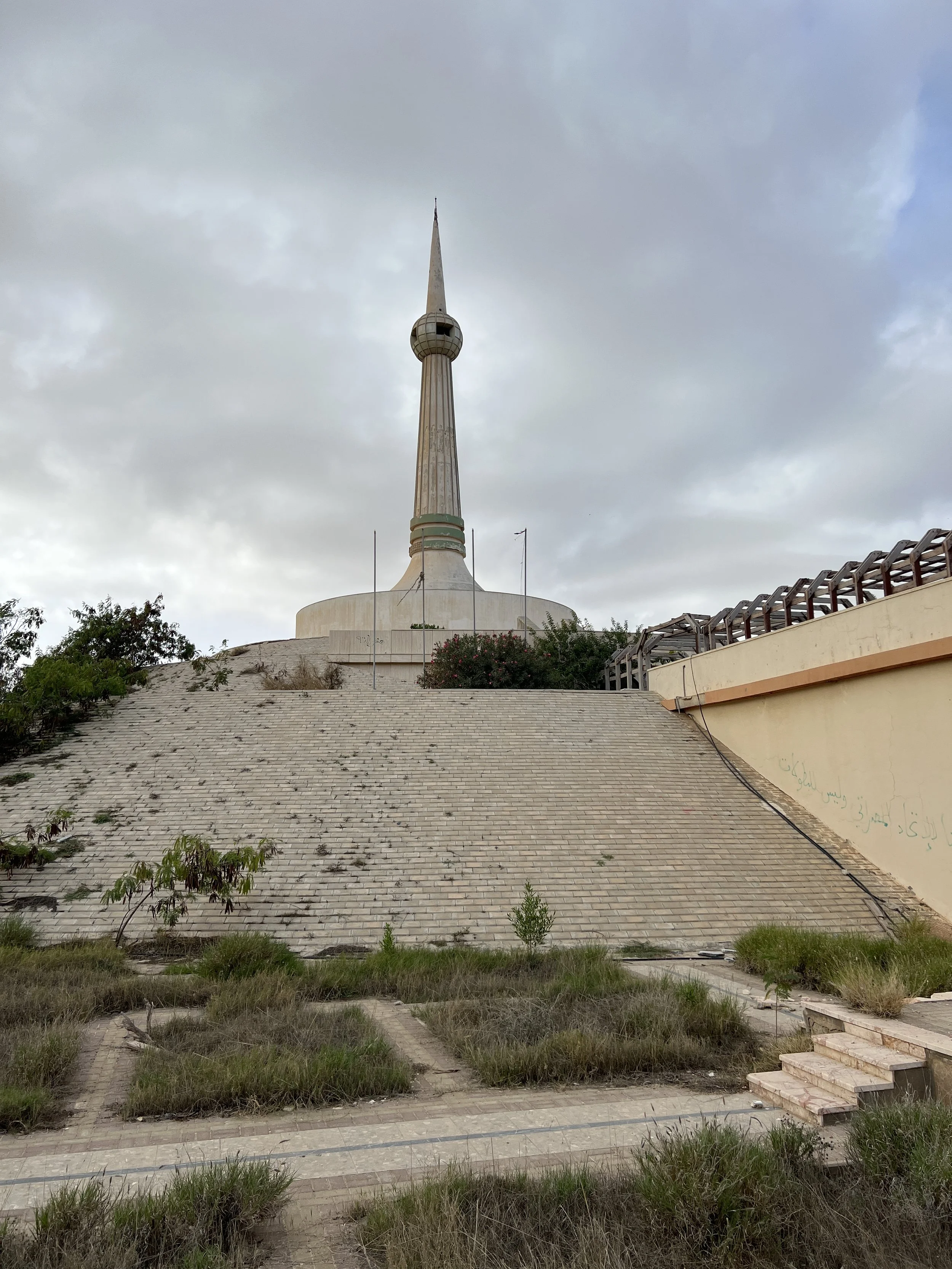Libya: Part 1
Kindly note these postings were made after I left Libya. I traveled to the nation on a Business Visa and wanted to avoid any possible complications by having the post online prior to leaving the nation.
Greetings from Ghamades, Libya!
I’m here on a week-long tour of the Tripoli side of Libya. Due to their Arab Spring revolution and following civil unrest, this is known to be the most difficult country in North Africa to travel.
I came here on the largest multi-nationality group of tourists to Libya since Gaddafi.
The Visa Situation:
The visa situation is a bit more arduous than some of the other “difficult” countries to visit, like Yemen and Syria. For those countries your tour guide takes your passport details and then arranges for your visa to be issued on arrival. On the other hand, for Libya, your tour operator will take your passport details and then apply for a Letter of Invitation (LOI) through the government. On average, this takes 1 week for EU citizens, 1 month for Canadians and Brits, and up to 6 months (inshallah) for Americans.
On the LOI, there will be a case number written. One then brings (or mails) this case number alongside one’s passport, visa application, and money order to the nearest Libyan embassy.
I drove from North Carolina up to the Libyan Embassy in Washington, DC. I paid $150 for the 30 day visa, and the very friendly officers issued it to me within an hour.
Day 1: Tripoli
I arrived into Tunis from Frankfurt, and spent the night at the Marriott by the airport before meeting the group at the airport for our flight to Tripoli. When we landed, the airline announcement wished us “goodbye and good luck,” which given where we were definitely caused a few nervous chuckles among those the group. In the arrival hall our passports were taken, our tour guide met the airport officials, and after about an hour of waiting, we were on our way. Unfortunately, the airline insisted I check my bag and they broke one of my latches. If the other latch goes, I’m 100% screwed, so after we return to Tunis, I have to fly to Germany again to get the latch fixed.
We dropped off our bags at the Akakus Hotel and then headed to the Old City. This was a very pleasant place to walk around, and the absence of pushy shopkeepers trying to peddle their junky products was greatly appreciated.
This was a very attractive medina with an Elon Cafe (hopefully named after Twitter’s prolific new steward), and the blue doors and windows reminded me of Tunis’ Sidi Bou Said, which I have fond memories of visiting with my grandmother in December 2019.
Walking through the Old City brought us to the (reconstructed) Marcus Aurelius Arch. Our guide explained to us that the grass in this area was new, having been laid just because of a recent event for Italian dignitaries. In the evening, we headed to the Algeria Square where many of my fellow travelers watched the World Cup game. I enjoyed an Americano (the first of many on this trip) and a burger with harissa sauce.
Day 2: Leptis Magna
After departing Tripoli in the morning, we headed towards the handsome Roman ruins of Leptis Magna. We had an excellent visit here which started at the city’s entrance arch. We then headed through a series of large old halls before going at the Mediterranean-front theater. Right when I thought it couldn’t get any better, we visited the amphitheater which is essentially carved into the hill.
We then continued our journey east to Misrata where we got some smoothies (banana and mango for me) and watched the World Cup game in a hookah bar (I, of course, didn’t partake, but I might as well have given the second hand smoke).
Day 3: Misrata
Our tour guide explained that Misrata is not frequented by tourists (even more so than Libya as a whole). In fact, we were the first tourists he had brought here since 2011. Misrata is the economic capital of Libya, but there is not much there in the way of tourist sites. However, this city saw a great deal of fighting during the Arab Spring and Civil War, so there are some sites to see here that relate to those events.
We started our morning getting SIM cards, which were a bargain at about 8 euros for 21 gigabytes. Then we headed to an arachaelogical museum of sorts. This was the only museum that was open that we visited in Libya. It was such a shame because our guide would constantly reference impressive artifacts, such as mosaics, that are stuffed inside of the Tripoli Museum or Sabratha Museum, for instance. However, he explained that government officials are still worried about a terror threat towards these museums and the items inside.
The archaeology museum was nothing special (perhaps that’s why it was open), but there was an intriguing box of bones laying on the ground a graffiti painting of the Libyan flag on fire on the side of the building.
We then walked a bit around the downtown, seeing buildings that took damage during the nation’s conflict. We also enjoyed another coffee. We also stopped by the Libya Post office where I picked up some stamps for my collection. Then we came up upon some of the most clear signs that this used to be a conflict zone. The side of the street was littered with old bombshells, shrapnel, and an abandoned tank!
There was also a statue of a fist crushing a missile. Our guide explained that at one point a foreign power fired a missile at Libya, and Ghadaffi’s forces intercepted it. Then to show the might of the Libyan state, he ordered the construction of this statue for his palace. Now, it finds itself sitting on the side of the street by a knock off KFC.
That evening we drove the four hours back to Tripoli and spent the evening walking around the Martyr Square and eating Nutella crepes.
Stay tuned until the next installment. Tomorrow we are heading down to the desert!
Libya is UN Country 69/193 and TCC Region 86/330 for me.





